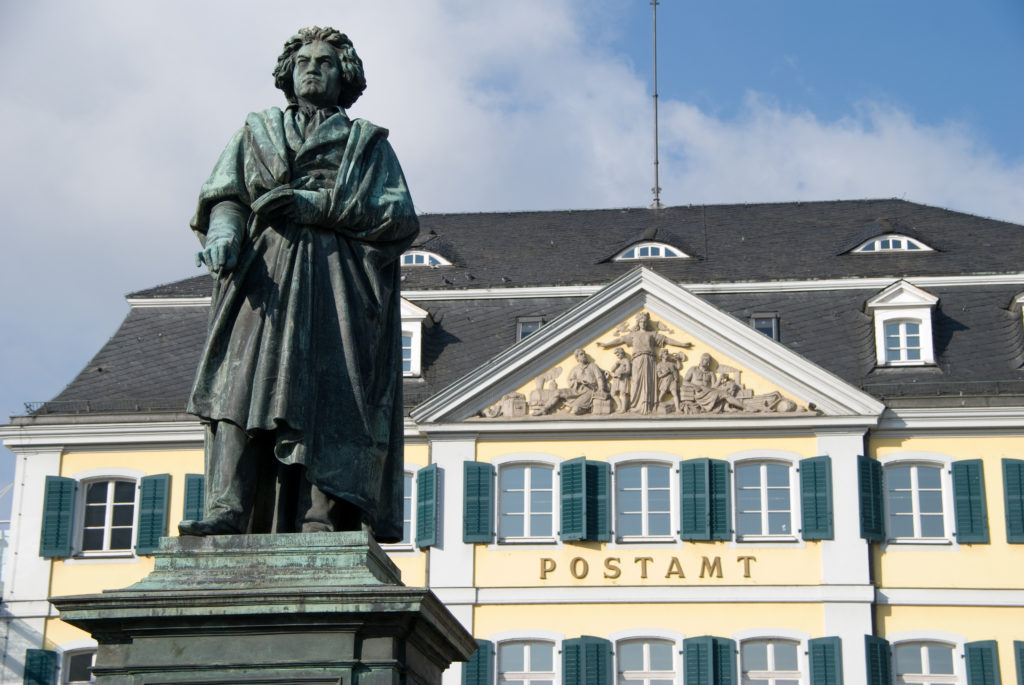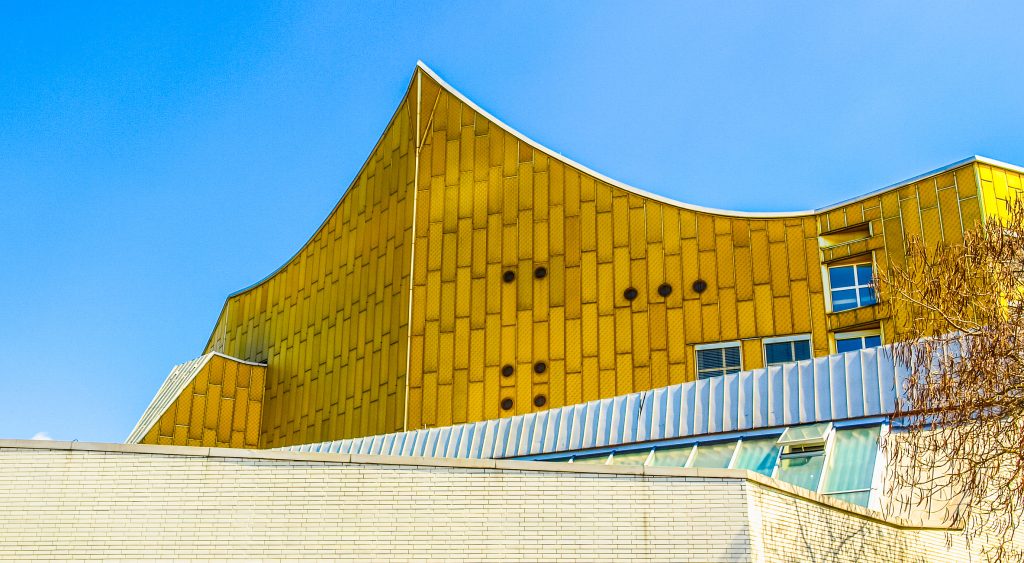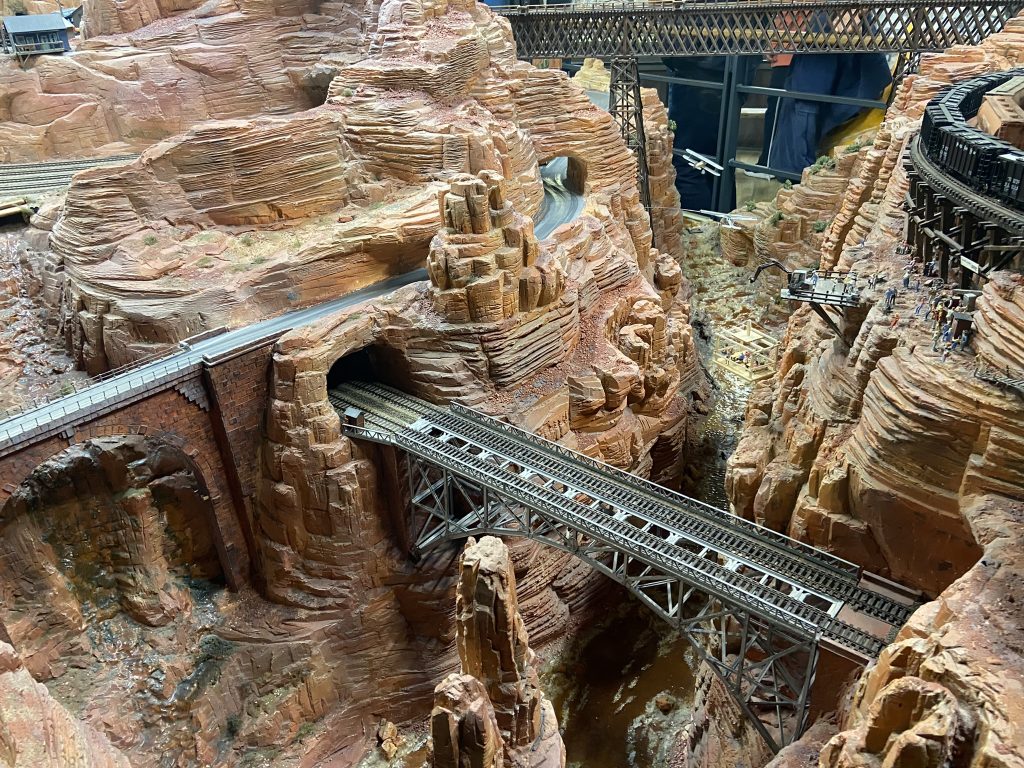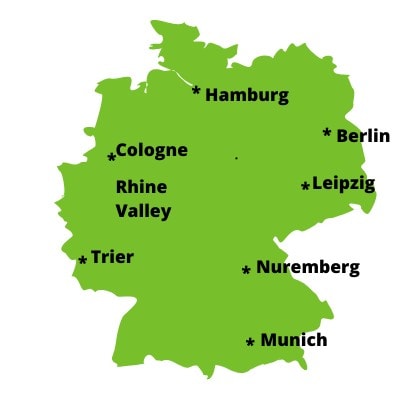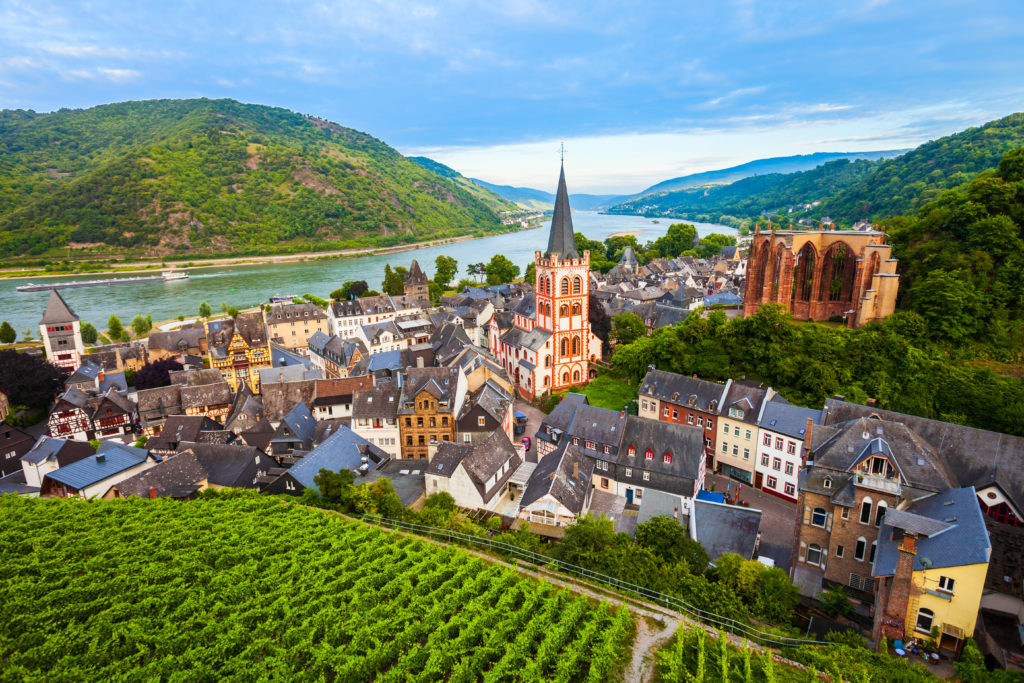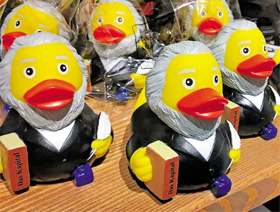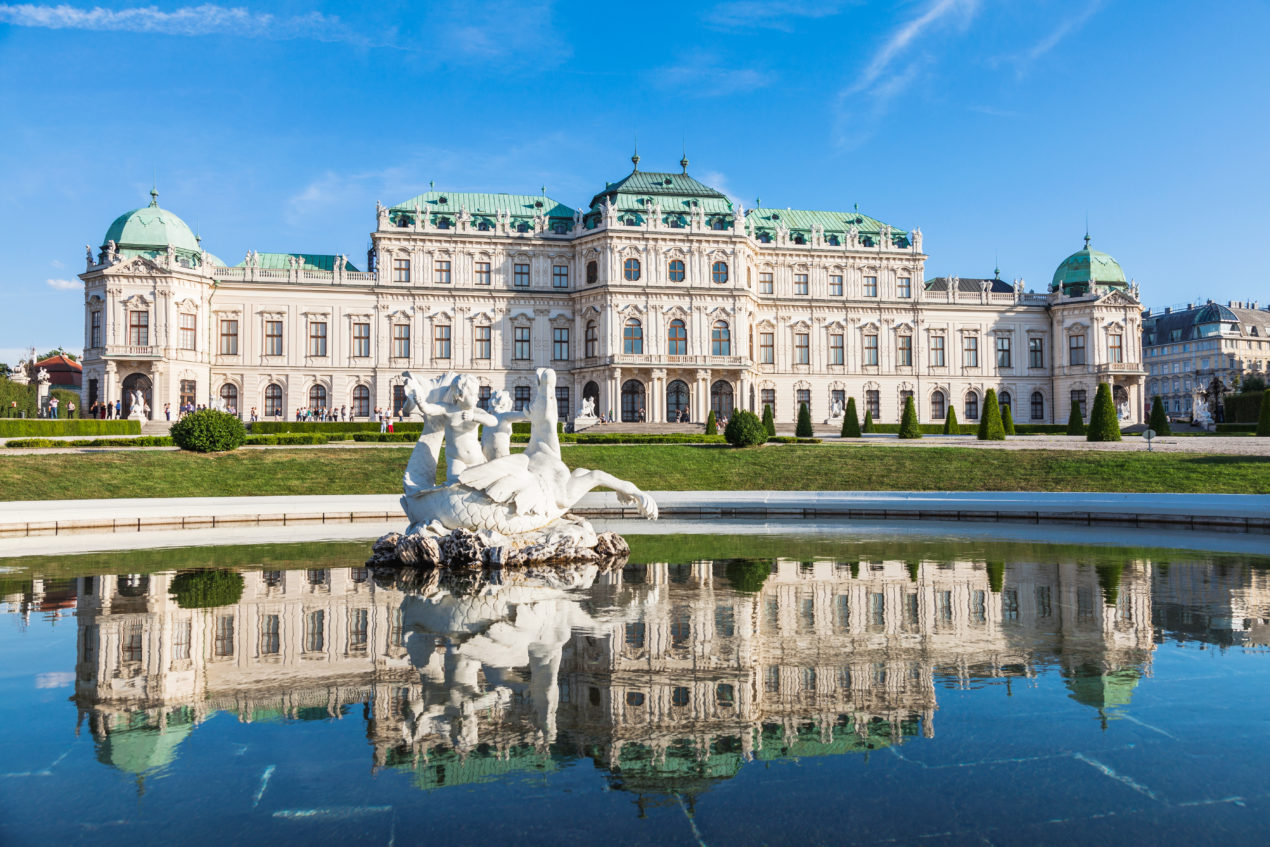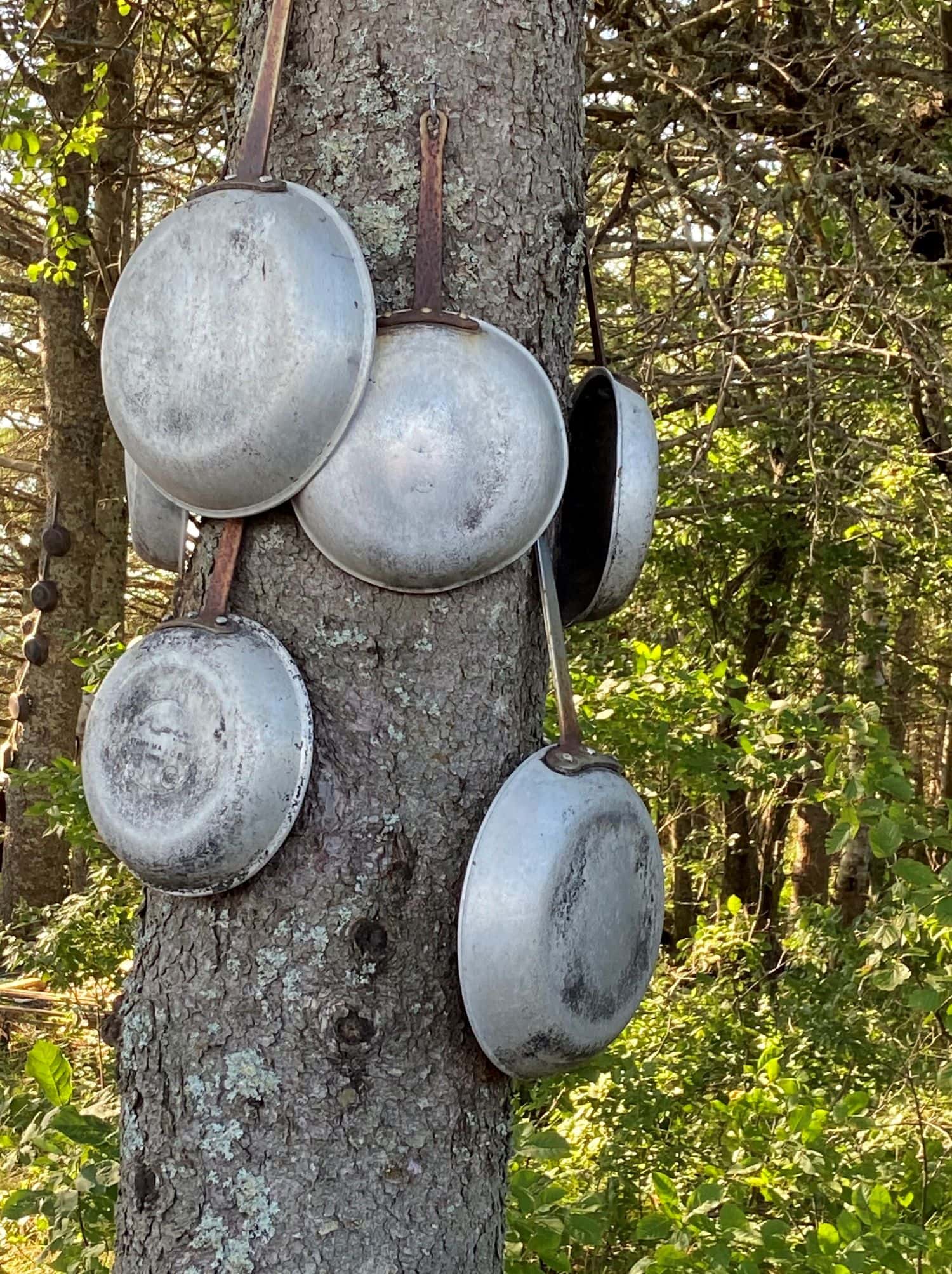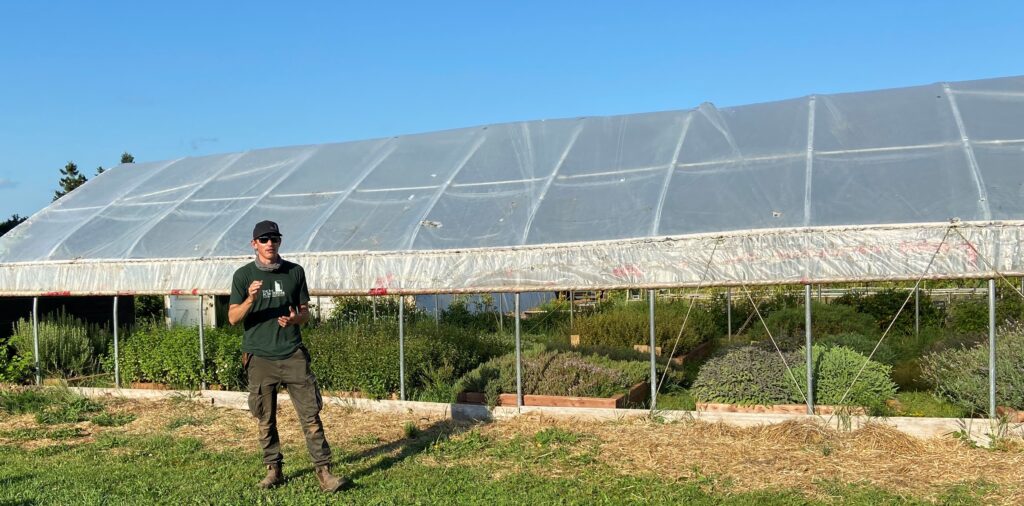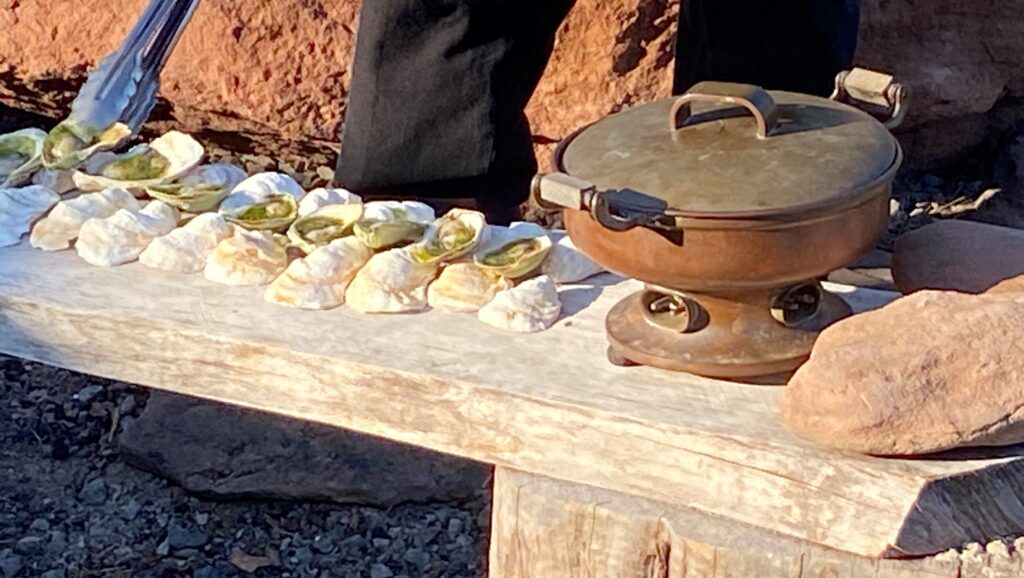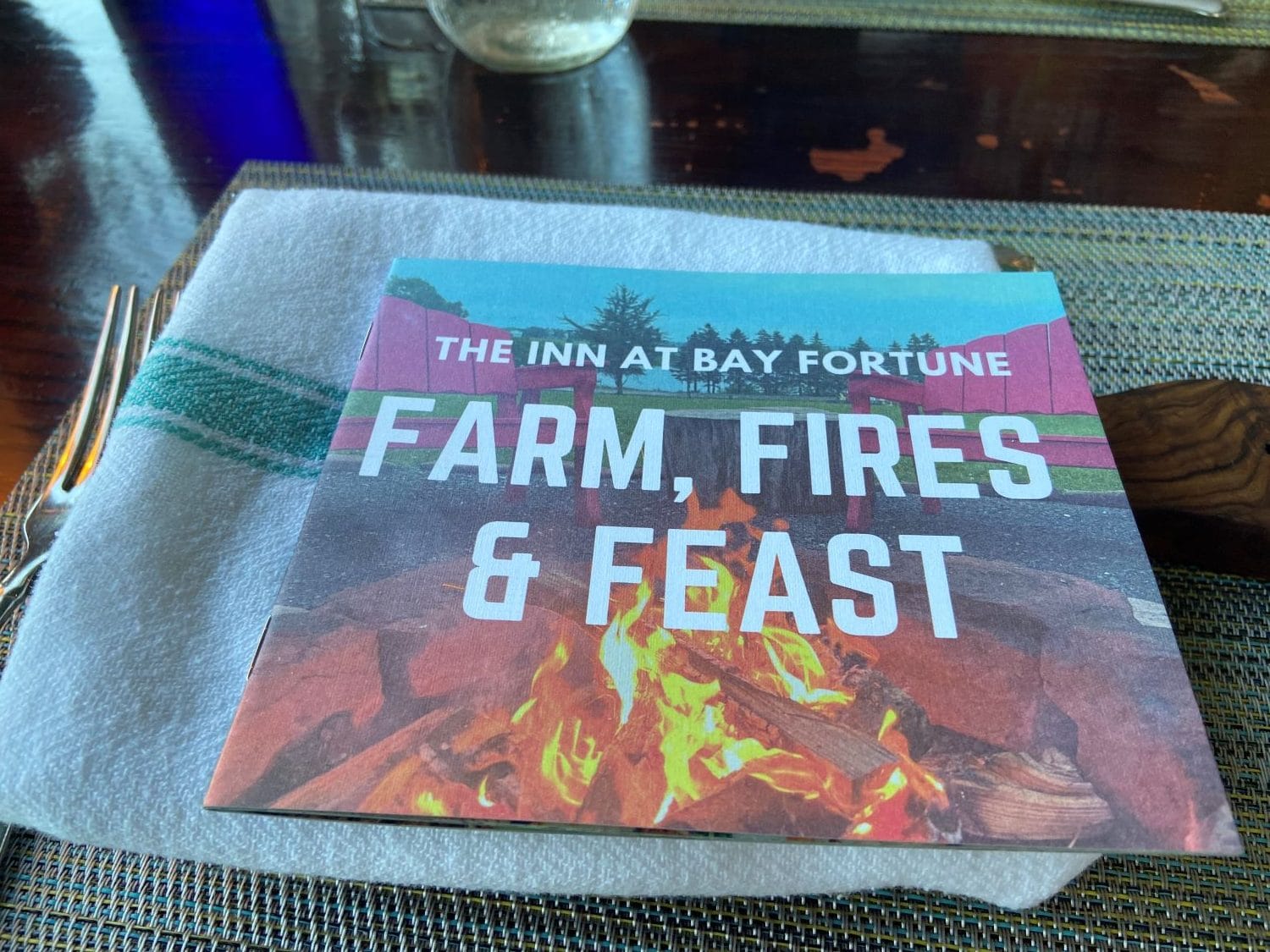Best Itineraries to Tour Favorite Regions in Spain
My two Spain itineraries last for three weeks each because, frankly, you can’t “do” Spain in one trip. But in a three-week period, you can see a fair bit of it by focusing on either the south or the north.
This post presents two itineraries that both include Madrid.
Itinerary 1 starts in Barcelona, goes down the coast to Andalusia, swings by Madrid, visits charming Zaragoza and ends in Barcelona.
Itinerary 2 starts in Madrid and explores Salamanca and northern Spain, before swinging south to take in Burgos and ending back in Madrid.
Sample Itinerary 1: Barcelona and the South
The map below shows the route for a three-week trip to Spain starting and ending in Barcelona.

Day 1: Arrive in Barcelona
Go into Barcelona and get settled. You’ll spend three nights here so you have plenty of time to explore one of Europe’s most visited destinations.
Days 2 to 3: Barcelona
Spend three nights and two full days exploring Barcelona. Highlights include the Sagrada Familia, the Gaudi architecture, the Picasso Museum, the Palau de la Musica, and the Miro Foundation. Read more in How to Spend Two Packed & Fabulous Days in Beautiful Barcelona.
Many Catalan people would prefer Catalonia not be a part of Spain. The last time I was in Catalonia staying for a week in Girona, a Catalan stronghold, Catalan flags bloomed from the windows of many buildings and people spoke Catalan more readily than Spanish.
But don’t worry, most people in the service industries will likely speak English to you or at least respond to your attempts at Spanish.
Memories of Barcelona
One of my most vivid memories of Catalonia was during a visit to Barcelona when I was 21. I had traveled for two weeks with friends along the Costa Brava and then returned to Barcelona to spend a day sightseeing before flying back to England where I was studying. This was in the mid-1970s when Franco was in power and Spain was not the hip, happenin’ and awesome place to travel that it is now.
I walked into the Plaça de Catalunya and sat on the edge of one of the fountains to watch the world go by. The sun shone, people strolled, all seemed peaceful.
Suddenly, a handful of young men entered the plaza from a side street. They carried two or three placards and were chanting. I stood up for a better look, fascinated by this evidence of Spanish protest in the midst of fascism. I started walking toward the protestors.
Bad move.
A phalanx of armed soldiers started marching directly towards me, sub-machine guns cocked and ready. I looked around. The people who had filled the plaza with noise and laughter moments before were gone. I was completely alone—just me and my orange backpack with its grubby Canadian flag.
I picked up my pack and retreated as smartly as I could. The soldiers veered away, presumably to arrest the protestors, and I boarded the first bus I found to take me to the airport—seven hours before my flight was scheduled to take off.
Barcelona Today
I returned to Barcelona in 2010 and again in 2015. What a difference!
Barcelona is fun to visit, although in recent years it’s become extremely crowded. Avoid it at the height of summer and plan your time to avoid the worst of the crowds.
Read my suggestions for enjoying a two-day visit to Barcelona in Two Packed & Fabulous Days in Trendy Barcelona.
Day 5: Valencia
Pick up a car at Barcelona airport and start driving south. Spain is BIG! You can’t easily drive from Barcelona to Andalusia in one day so I suggest breaking your trip in Valencia. It’s a pleasant city and the City of Arts and Sciences (La Ciudad de las Artes y las Ciencias) is a spectacular and imposing space well worth a few hours of your time.
Days 6 to 11: Andalusia
You should really spend at least a week in this iconic area of Spain, but if you only have fivedays, then focus on Granada and Seville. Both are Spain must-sees. If you have time for only one of the two cities, then my vote is Seville. I never get tired of visiting this beautiful city with its wonderful food, fiery flamenco and great atmosphere.
You could easily spend a week in this region of Spain enjoying the historic Seville and Granada, before exploring the stunning White Towns – Los Pueblos Blancos—and Ronda with its gorgeous gorge.
Read more about Andalusia in A Culture-Steeped Itinerary to Tour Andalusia Comfortably in 10 Days.
Here are some GetYourGuide tour options in Andalusia:
Day 12: Cordoba
On your way north to Madrid, stay a night in Cordoba, one of Spain’s most magical cities (and that’s saying something). Explore La Mezquita, the immense mosque dating from 784 A.D, that features a magnificent columned prayer hall and Byzantine mosaics. In the evening, wander the tiny streets of this lovely city and take in a flamenco performance. I don’t think an artsy traveler can ever see too much flamenco..
Day 13: Toledo
Toledo makes a good stop for a peaceful night before driving into Madrid. It’s a lovely little town with plenty to see. At nights, it’s particularly stunning when the crowds have dissipated and you have the floodlit cathedral to yourself.
Days 14 to 18: Madrid
Drive north to Madrid, leave your car in a parking lot outside the city, or better yet stay at my favorite Madrid hotel: Sabataini drop your car off at the airport, and then spend your last day exploring Spain’s capital. You could easily spend a week in Madrid, but if you only have time for one day, check out my post How to Enjoy a Perfect Artsy Traveler Day in Madrid.
Day 19: Zaragoza
Although on the tourist trail, Zaragoza is a wonderful place to spend the night. We toured the magnificent baroque Nuestra Señora del Pilar basilica, checked out the Aljafería, an 11th-century Moorish palace, and enjoyed some of the best tapas of all our trips to Spain. Zaragoza makes a good place to break the trip from Madrid to Barcelona.
Day 20-21: Barcelona
Drop your car at the airport and spend another night in Barcelona. You could spend your final day taking a tour to stunning Montserrat.
Sample Itinerary 2: Madrid and the North
The map below shows the route for a three-week trip to Spain starting and ending in Madrid that skips Barcelona and southern Spain but does include western and northern Spain.

Day 1: Arrive in Madrid
Go into Madrid and get settled. You’ll spend three nights here so you have plenty of time to explore one of my favorite European cities.
Days 2 to 4: Madrid
Visit Madrid for its fabulous art museums—the Prado and the Reina Sofia. Also, stroll through Retiro Park (El Parque del Buen Retiro or just El Retiro), then join the locals for a late dinner.
Madrid is definitely worth at least three nights so you can thoroughly enjoy seeing some of Europe’s greatest art “in the flesh” and be a part of the lively evening scene.
Read more about my Madrid recommendations in Exploring Fascinating Madrid–Europe’s: Best-Kept Secret for the Artsy Traveler
Day 5: Toledo
Pick up a car at Madrid airport and drive to Toledo, a truly delightful place to visit. Perched high on a hill famously depicted in the painting View over Toledo by El Greco, Toledo pulses with history.
Walk the narrow streets, buy some objects made from the world-famous Toledo steel and check out the stunning cathedral.

Day 6: Salamanca
We visited Salamanca on a driving trip that took us diagonally across northwest Spain from San Sebastian in the northeast to Salamanca in the west, near the Portuguese border and on the same latitude as Porto in northern Portugal.
I highly recommend adding Salamanca to your itinerary. It’s a laid-back, inviting, and friendly Spanish city with a fabulous art nouveau museum.
Enjoy a glass of wine in the massive Plaza Mayor, one of Europe’s most spectacular living rooms, and listen to roving bands of guitarists dressed in medieval garb play vaguely Mexican-sounding music.
Apparently, many people who emigrated to Mexico came from Salamanca and some of the wealthier ones have returned to make Salamanca prosperous. It certainly is a beautifully maintained city.
Days 7 to 10: Santiago de Compostela
Take your time driving from Salamanca to Santiago de Compostela, perhaps stopping enroute in Vigo before heading north. Santiago de Compostela can be crowded, but it’s a fascinating city to explore with an amazing food culture. Definitely check out some of its wonderful restaurants.
Days 11 to 16: Northern Spain
The landscape in the north is mountainous and lusciously green—not the seared brown plain you expect to see in Spain. You could easily spend a week traveling from west to east (or the reverse). I provide a suggested itinerary in my post Exploring Northern Spain & Basque Country.

You can also walk the width of northern Spain on the Camino. I haven’t, but I know many people who have, including guest poster Elizabeth Petrie. Read her two posts about her trip:
- Top Tips for Walking the Camino of Santiago
- Walking the Way from Pamplona to Santiago de Compostela: A Camino Journal
Days 17 to 18: Bilbao and San Sebastian
The big attraction in Bilbao is the Guggenheim, which you can see in a few hours, and then choose to move on to San Sebastian where sampling pinxhos makes for a fabulous evening out.
Day 19: Burgos
Break your journey between Bilbao and Madrid in historic Burgos. You’ll find lots there to keep you busy, including a visit to the terrific Museo de Evolución Humana (Museum of Human Evolution).
Days 20/21: Madrid
Drop your car at the airport, spend another night in Madrid (take in a flamenco show!), and start planning your next trip to Spain.
Tours in Spain
Here are some tours available through GetYourGuide:
What Regions of Spain are Your Favorites?
Do you have a favorite region of Spain that I’ve left out? Please share your recommends in the Comments below.
Here are links to more of my posts about fantastic Spain:
- Amazing Artsy Sightseeing Choices in Spain for the Independent Traveler
- Exploring Spectacular Northern Spain & Basque Country: My Best Bets
- Exploring the Heart of Spain: Four Compelling Destinations for the Artsy Traveler
- How to Spend Two Packed & Fabulous Days in Beautiful Barcelona
- sWhere to Stay in Spain: My Best Picks











